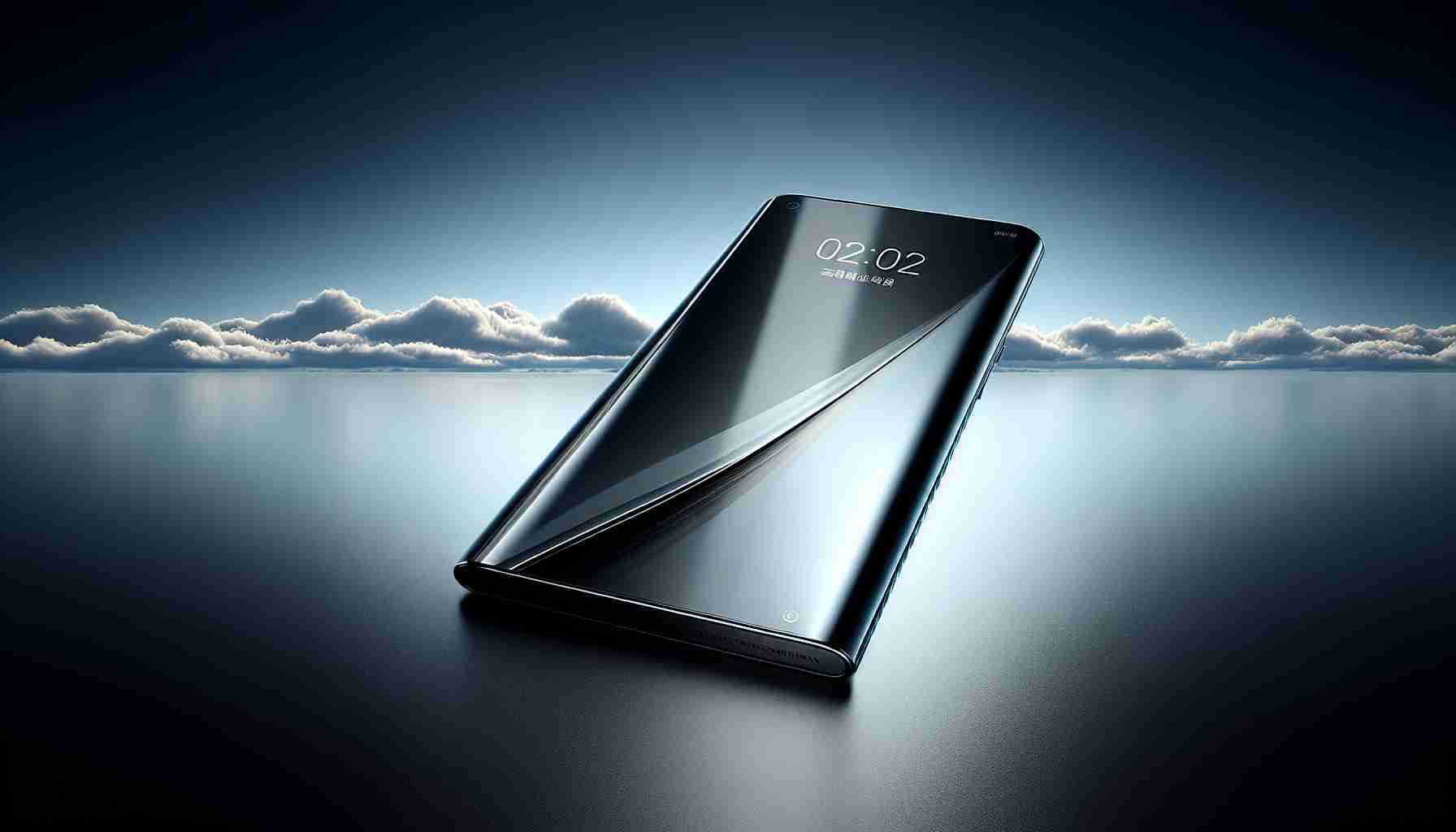Apple is reportedly refining its iconic iPhone design, aiming to introduce a noticeably slimmer profile in an upcoming model. This potential leap in design, reminiscent of the significant shift seen with the iPhone X, could be a highlight of the iPhone 17 series.
In pursuit of this sleeker form factor, the tech giant is exploring a variety of design tweaks. Among the considerations is the use of an aluminum body, which could contribute to the lightweight nature of the device without compromising on durability. In addition, improvements to the front-facing camera may be made, integrating it alongside the facial recognition sensors in a more compact pill-shaped notch.
The envisioned iPhone is expected to sport a display that falls between the sizes of the current base model and the larger iPhone Pro Max, which suggests a screen size ranging from approximately 6.1 to 6.7 inches. This potential size aims to strike a balance between usability and portability.
Although this svelte iPhone might carry a higher price tag than the existing iPhone Pro Max—a device that starts at $1,200—Apple appears set to phase out the Plus model in its future lineup. While an iPhone 16 Plus is anticipated to release, it might represent the last of its kind, with comparatively underwhelming sales prompting the company to innovate further.
The immediate future of this year’s iPhone models indicates a focus on artificial intelligence enhancements more than physical redesigns, with rumors also suggesting the addition of a touch-sensitive side button to facilitate better camera operation.
Apple’s official stance or confirmation on these reports has yet to be announced. For enthusiasts of the more compact iPhones of former years, the company’s current trajectory does not indicate a return to smaller screens. As the speculative details generate buzz, Apple aficionados can look forward to these potential evolutions in iPhone design and functionality.
Apple’s commitment to refinement in iPhone design, which involves pursuing a thinner profile, has often led to various engineering challenges and consumer debates. The move towards thinner devices is part of Apple’s long-standing design philosophy, which emphasizes minimalism and sleek aesthetics. In achieving this, Apple has historically employed advanced materials and manufacturing techniques and may continue to do so with the iPhone 17 series.
One of the key challenges associated with designing a thinner iPhone is maintaining the device’s structural integrity and durability. Reducing thickness often means less space for internal components, which could impact battery size, heat dissipation, and the inclusion of certain features. Apple engineers need to carefully balance the trade-offs between form and function to ensure that the performance and user experience are not compromised.
There are also potential controversies around the environmental impact of frequently updating and redesigning electronics. The pursuit of thinner iPhones can contribute to a cycle of rapid consumer upgrades, leading to questions about e-waste and sustainability. However, Apple has taken steps to address these concerns by increasing its use of recycled materials and improving its recycling programs.
The advantages of a thinner iPhone could include improved aesthetics, lighter weight, and potential for innovative technologies that could be enabled by new design approaches. On the flipside, disadvantages might involve a more delicate structure that could be prone to bending or breaking, potential issues with battery life, and the necessity of removing certain features such as the headphone jack, as was the case with previous models.
For further information, enthusiasts can visit the official Apple website for updates and announcements regarding the upcoming iPhone models and other Apple products. Please note that the details provided here are speculative until confirmed by Apple, and the actual features of future iPhone models may differ.
The source of the article is from the blog radardovalemg.com
